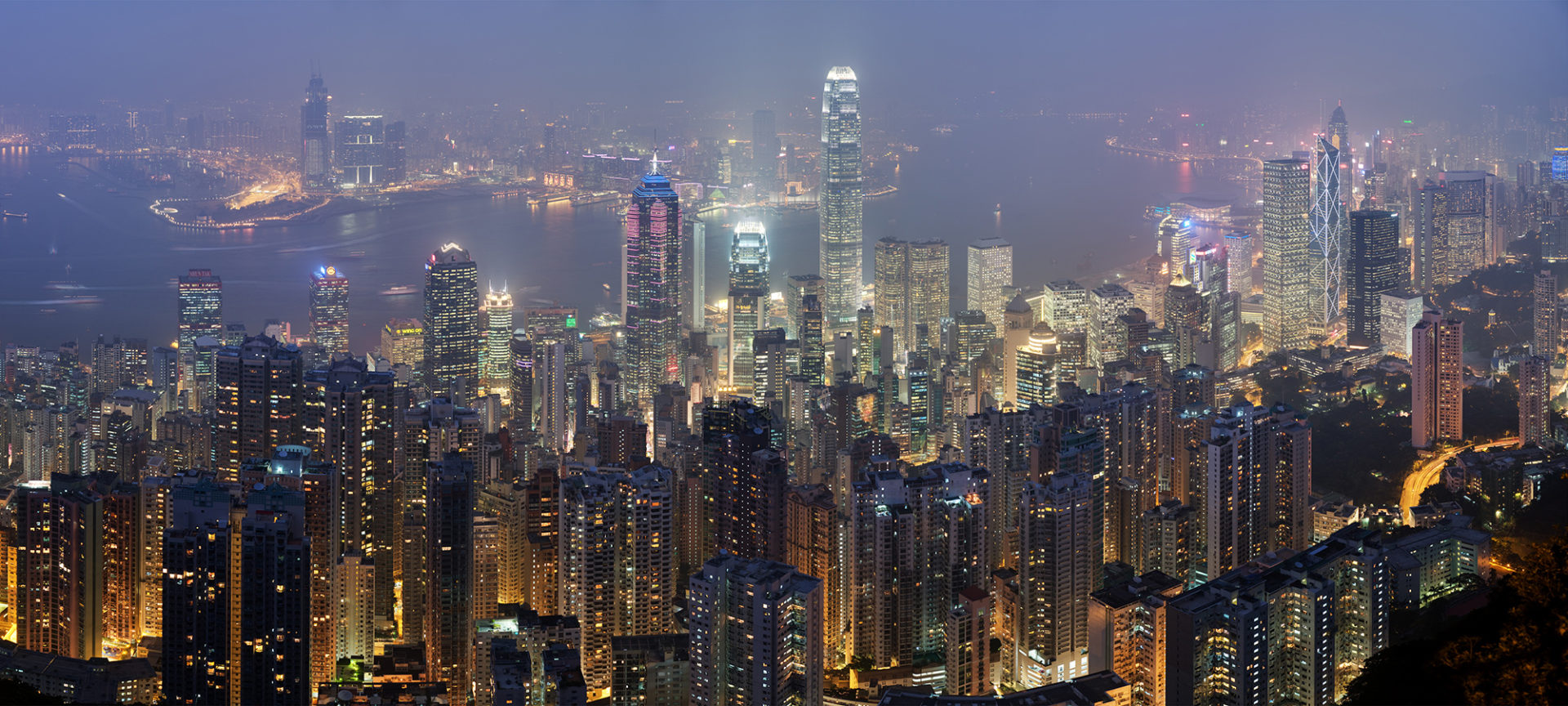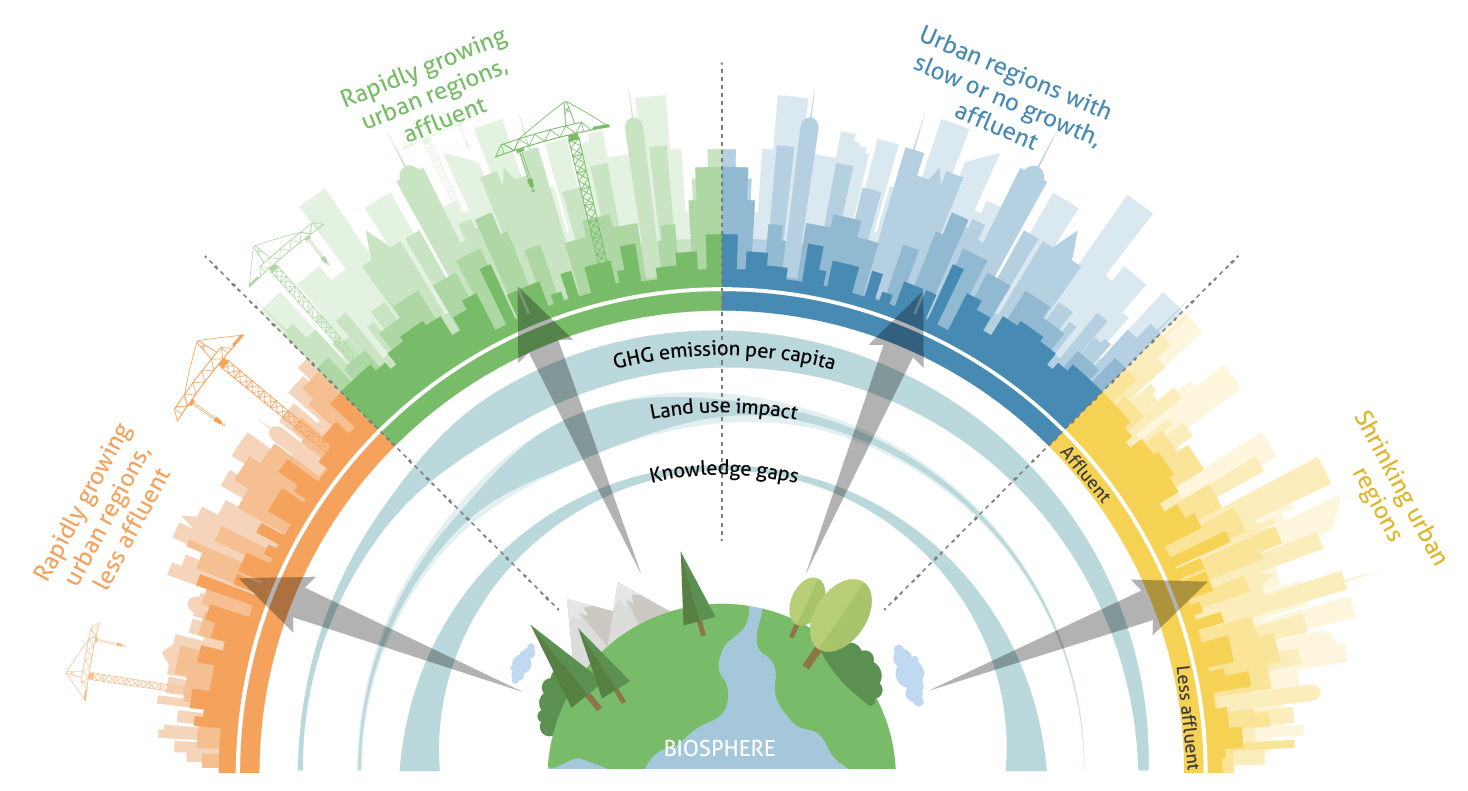Dakar’s more than 1 million inhabitants live on a peninsula that juts out into the Atlantic Ocean. Here in the capital of Senegal, only a few green urban parks offer outdoor recreation. At the city’s western coastline lies the “Corniche”, an area that used to be known as an unsafe place, where crime and unauthorised development dominated this public space.
But the year 2008 marked a turning point for the Corniche. The municipality took advantage of an international conference of the Organisation of Islamic Cooperation taking place in Dakar to develop the coastal economy and to reimagine the Corniche as a place for recreation, art, and commerce. Nearly a decade later, the Corniche now has running and cycling tracks, park space for local biodiversity, places for children to play, concert spaces, and is lined with art galleries and shopping areas.
This kind of “urban tinkering” has changed Dakar, by taking existing infrastructure and repurposing it for more flexible and adaptable functions. Cities face challenges from rapidly expanding populations, pollution, and climate change. Such reimagining of urban spaces is one aspect of reaching the UN Sustainable Development Goals – and not just Goal 11, for sustainable cities and communities.
We live on an urban planet. The world’s urban population has grown from about 200 million in 1900 to 3.9 billion in 2014, with 2.6 billion more people projected to live in cities in 2050. Half of those urban dwellers live in Asia. China’s rapid urbanisation could lead to one of the largest human settlements in history. Meanwhile, Africa’s urban population is larger than North America’s total population. This unprecedented urbanisation comes with challenges typical of such profound social, economic, and environmental transformations. Like any ecosystem, urban centres will face water and biodiversity issues, heat island effects, and more, even as their demands affect surrounding regions’ ecosystems.
China’s rapid urbanisation could lead to one of the largest human settlements in history.
A conventionally designed and engineered process starts with tailor-made material and tools, always made with a specific function in mind. But many designs in time become outdated, obsolete, or inadequate. We suggest that urban tinkering as an approach has the potential to move beyond conventional urban engineering by replacing predictability, linearity, and design meant for one function and one function only. Urban tinkering would work to anticipate uncertainty and nonlinearity, and design for many potentially shifting functions. For example, conventional roofs originally designed for protecting buildings can be reimagined as places for solar power and urban agriculture.
The urban sphere is central to building sustainability for people, planet, and prosperity. Because of its importance, we need expanded and flexible scientific research and knowledge generation about urban systems. Creating this new “urban knowledge” requires interdisciplinary efforts for greater understanding of complex urbanisation processes and their multi-scale interactions and feedbacks with the Earth system.
Taking the long view
Deep uncertainties veil our view of the future of our urban planet after 2050. Within this timeframe, the planet will face changes in migration, climate change, disruptions in financial systems, shifting energy supplies, and pandemics – these and more are complex enough on their own, let alone together.
Over the next few decades, researchers can predict with reasonably high certainty how overall demographic growth and rates of densification of settlements will change. But beyond 2030, the way these patterns will play out spatially is highly uncertain. The not-so-far-off future may have much more dispersed urbanisation patterns than we project today, due to many factors that may disrupt or change them. For example, human migration patterns might change because of global economic crises, triggered by changes in water availability that are influenced by human uses and climate change. These interrelated patterns will impact the configuration of cities.
![By bobarc (https://www.flickr.com/photos/bobarc/13160592113/) [CC BY 2.0 (http://creativecommons.org/licenses/by/2.0)], via Wikimedia Commons](https://rethink.earth/wp-content/uploads/2017/07/hanging_gardens_of_one_central_park.jpg)
Vertical gardens grace One Central Park in downtown Sydney, Australia. These plants suck up carbon dioxide and cool the building, among other services they provide. Photograph: bobarc (https://www.flickr.com/photos/bobarc/13160592113/) CC BY 2.0, via Wikimedia Commons
In light of this, we see two areas that most require acknowledging uncertainty and change, from local to global scales in the long term.
First, urban infrastructure needs to change to address strong path-dependency. In other words, city structures – buildings, roads, industrial sites, water and sewage pipes – generally are built with one intended use or purpose, have limited lifetimes, and can lock cities into particular infrastructural development trajectories. A city’s social systems might be constructed to handle elderly care, but not a burgeoning baby boom.
Second are the multiple risks associated with cities that are over-connected, where multiple drivers may interact and cause severe impacts over large scales. While the internet of things (IoT) promises to allow public utilities to control electricity consumption from afar, for example, or a city might be reliant on an economic network that stretches across the globe, these seeming boons are potential banes in certain circumstances.
Cloud computing and internet connections make institutions and individuals vulnerable; a city with an infrastructure or services based on IoT might be more vulnerable to economic upheaval or digital sabotage. Evidence comes from recent hacks of companies, but also the threat of e-sabotage to electrical utilities, for example. Invoking internet threats is unnecessary: electricity outages have always been a possibility for interlocking systems overloaded by demand at peak hours, say, for running air conditioners during heat waves.
We will address both of these problematic areas here, and provide some ideas on how to address them.
Building from a good baseline
Cities are already experiencing effects driven by climate change, and the extent to which they will need to cope with these challenges will continue to increase dramatically beyond 2050. Answers to these challenges might come from a surprising quarter: evolutionary theory. Cities have long been hubs of rapid biological evolution, whether for human diseases and pests or for urban trees and animals.1 1. Johnson, M. T. J., Munshi-South, J., 2017. Evolution of life in urban environments. Science 358(6363):eaam8327 DOI: 10.1126/science.aam8327 See all references
Four decades ago, the French evolutionary biologist and philosopher François Jacob published a seminal paper in Science that pointed out that evolution proceeds very differently from a process that is designed and engineered from scratch.2 2. Jacob, F., 1977. “Evolution and tinkering.” Science 196(4295):1161-1166. DOI: 10.1126/science.860134 See all references He labelled this evolutionary process “tinkering”. Primarily based on modifying and moulding existing traits, small adjustments and tweaks can occasionally result in completely new functions when conditions change. For example, ancient creatures’ basic extremities may have evolved along divergent paths, to function as fins in water, legs on land, or wings in air. This insight could help guide future design of new urban infrastructure and the redesign of existing structures.
Investments in infrastructure to fulfil one function may often create a “lock-in” situation that can last for decades and even centuries. An urban tinkering approach could help reduce such lock-ins, by designing infrastructure with an inherent flexibility and potential to change function in the future if needed or desired.
An urban tinkering approach may also help invent new functions for existing infrastructure, such as for the Corniche in Dakar. Another example is the river walk in Seoul: the city removed the concrete roads and an elevated highway constructed atop the Cheonggyecheon River, which was restored with parks along its banks. This intervention led to lower temperatures in the city, increased physical activity for city residents and higher social cohesion, and improved biodiversity by bringing back birds, fish, and plants.
The tinkering approach that led to the Cheonggyecheon river walk is similar to another oft-cited example of a so-called linear park: the High Line in New York City. Once a cargo railway line, the High Line had become obsolete by the 1980s. Residents of the surrounding neighbourhood invented a new function: an elevated recreational park built along the tracks. Today visitors and residents alike flock to this old infrastructure, and art museums, restaurants, and high-end housing have sprouted alongside it.

 11 MIN READ / 2143 WORDS
11 MIN READ / 2143 WORDS
![Photograph by Mike Peel (www.mikepeel.net). [CC BY-SA 4.0 (http://creativecommons.org/licenses/by-sa/4.0)], via Wikimedia Commons](https://rethink.earth/wp-content/uploads/2017/07/2048px-high_line_new_york_2012_07.jpg)
